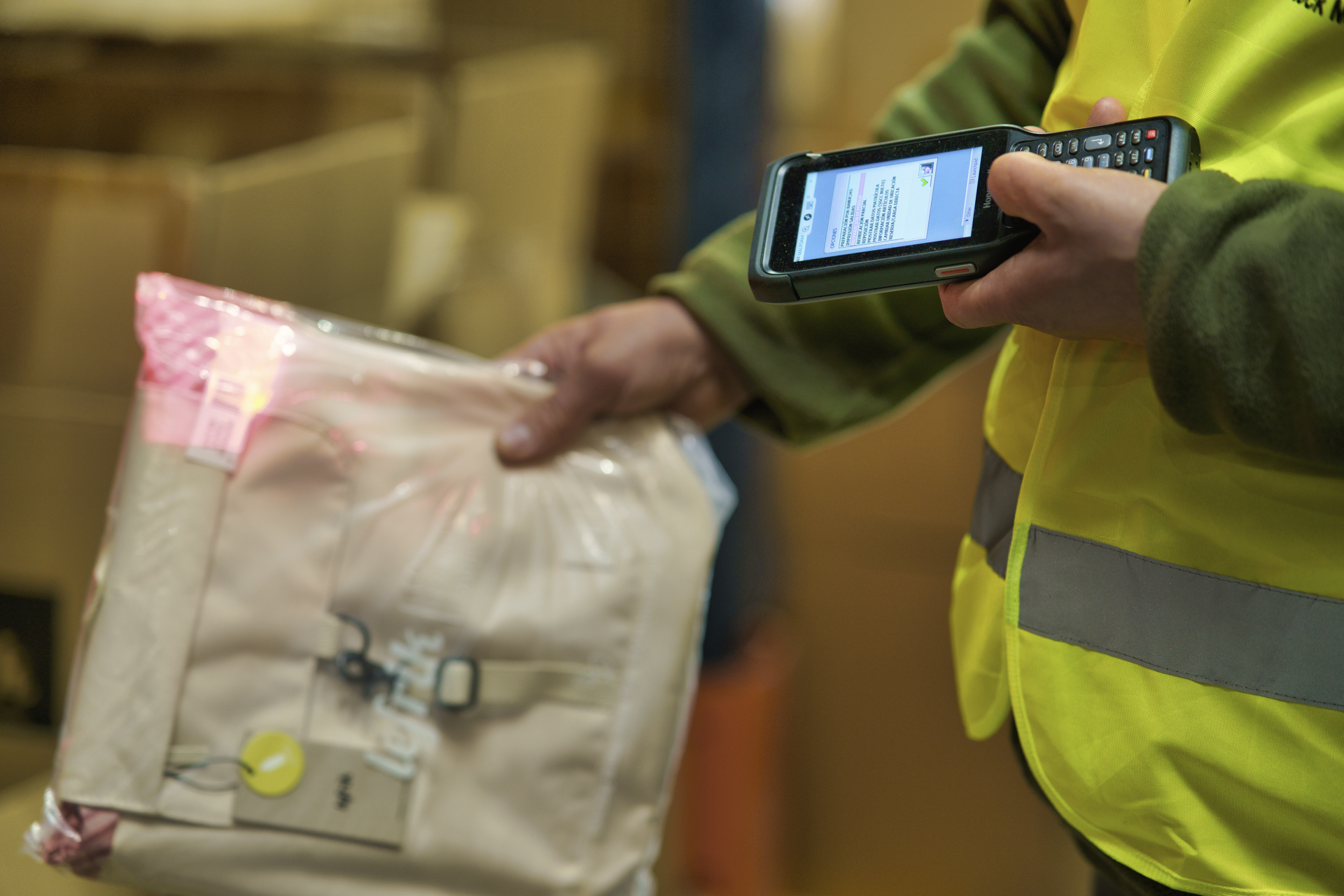
Warehouse Management Systems (WMS), barcodes, and later RFID enabled precise inventory control. Companies began optimizing every pallet and every cubic meter of their logistics centers. Automation improved speed and reduced human errors, while transportation became more efficient thanks to dynamic route planning and satellite monitoring.
With the rise of e-commerce, logistics had to make a new leap: it was no longer just about moving large volumes between factories and stores but delivering millions of individual packages to the end consumer within increasingly tight deadlines. Thus was born the so-called last mile logistics, a challenge that continues to redefine the sector.
At STM Logística, we are experts in e-commerce solutions. Discover it HERE
Today, logistics is a global and real-time network. Artificial intelligence helps predict demand. The Internet of Things (IoT) allows the tracking of every shipment from origin to destination. And integrated systems facilitate decision-making in seconds.
At STM Logística, we apply these technologies to offer intelligent, flexible, and sustainable solutions. Because we understand that in a digital world, logistics must also be digital.
And this is not the end.
In the next and final chapter of this series, we will explore the future of logistics: sustainability, automation, drones, blockchain, and how innovation will continue to move the world.
Did you know…?
In 2017, Amazon patented a system of floating warehouses operating from airships. Fiction? Maybe. But it is also a demonstration of how logistics innovation now has no physical limits.
